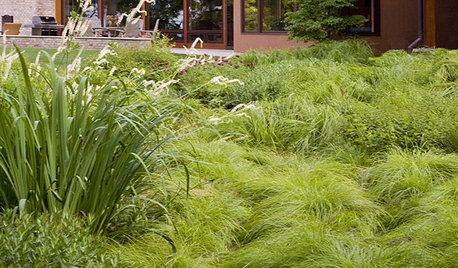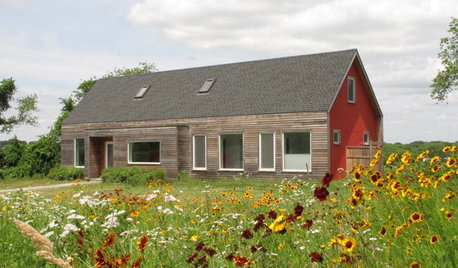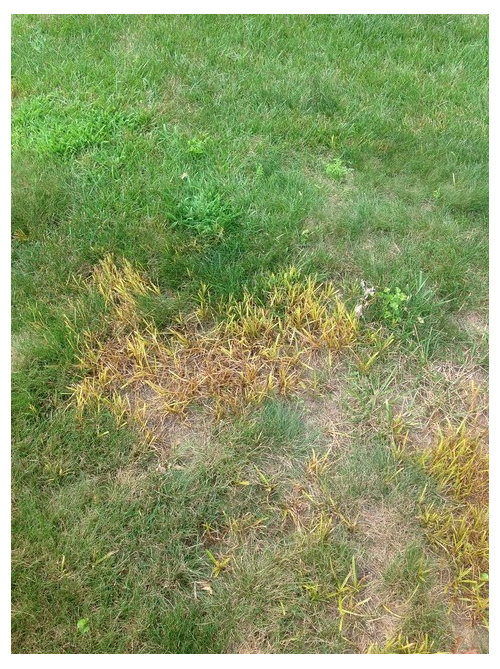Nut Sedge in lawn
Railunder
9 years ago
Related Stories

MOST POPULARMeet a Lawn Alternative That Works Wonders
Carex can replace turfgrass in any spot, is low maintenance and adjusts easily. Add its good looks and you’ve got a ground cover winner
Full Story
LANDSCAPE DESIGN7 Low-Maintenance Lawn Alternatives
Turf isn't the only ground cover in town. Get a lush no-grass lawn with clover, moss and other easy-care plants
Full Story
BEFORE AND AFTERSSee 6 Yards Transformed by Losing Their Lawns
Wondering whether a turf lawn is the best use of your outdoor space? These homeowners did, and they found creative alternatives
Full Story
LAWN ALTERNATIVESStop Fighting the Patchy Lawn!
Here are 3 situations where a garden may be a better idea than more turfgrass
Full Story
LANDSCAPE DESIGNGet Along With Less Lawn — Ideas to Save Water and Effort
Ditch the mower and lower your water bill while creating a feast for the eyes with diverse plantings and gathering places
Full Story
EARTH DAYThe Case for Losing the Traditional Lawn
Work less, help the environment and foster connections by just saying no to typical turf
Full Story
GARDENING GUIDESGreat Design Plant: Carex Sprengelii
Fit for nearly any site, Sprengel’s sedge makes for a low-care, healthy garden
Full Story
GARDENING GUIDES5 Great Grasses for a New Lawn
Learn about maintenance, wear tolerance, ideal climate and more for these top turf choices to pick the right one for you
Full Story
LANDSCAPE DESIGNHow to Design a Meadow Garden Everyone Will Love
Petite grasses or sedges plus flowers make for a manageable landscape that welcomes wildlife
Full Story
GRASSESHow to Rock a Lawn
Weekend Project: The key to healthy grass begins with the soil. If turf works for you, here’s how to fix it and keep it looking its best
Full Story







morpheuspa (6B/7A, E. PA)
danielj_2009
Related Professionals
Lyons Landscape Architects & Landscape Designers · North New Hyde Park Landscape Architects & Landscape Designers · Winder Landscape Architects & Landscape Designers · Springfield Landscape Contractors · Anderson Landscape Contractors · Beachwood Landscape Contractors · Fishers Landscape Contractors · Kettering Landscape Contractors · Milton Landscape Contractors · Raleigh Landscape Contractors · Santa Maria Landscape Contractors · St. Louis Landscape Contractors · Tamarac Landscape Contractors · Tewksbury Landscape Contractors · North Aurora Landscape Contractorsmorpheuspa (6B/7A, E. PA)
RailunderOriginal Author
dchall_san_antonio
morpheuspa (6B/7A, E. PA)
dchall_san_antonio
danielj_2009
polyguy78
danielj_2009
danielj_2009
joneboy
morpheuspa (6B/7A, E. PA)
dchall_san_antonio
danielj_2009
polyguy78
danielj_2009